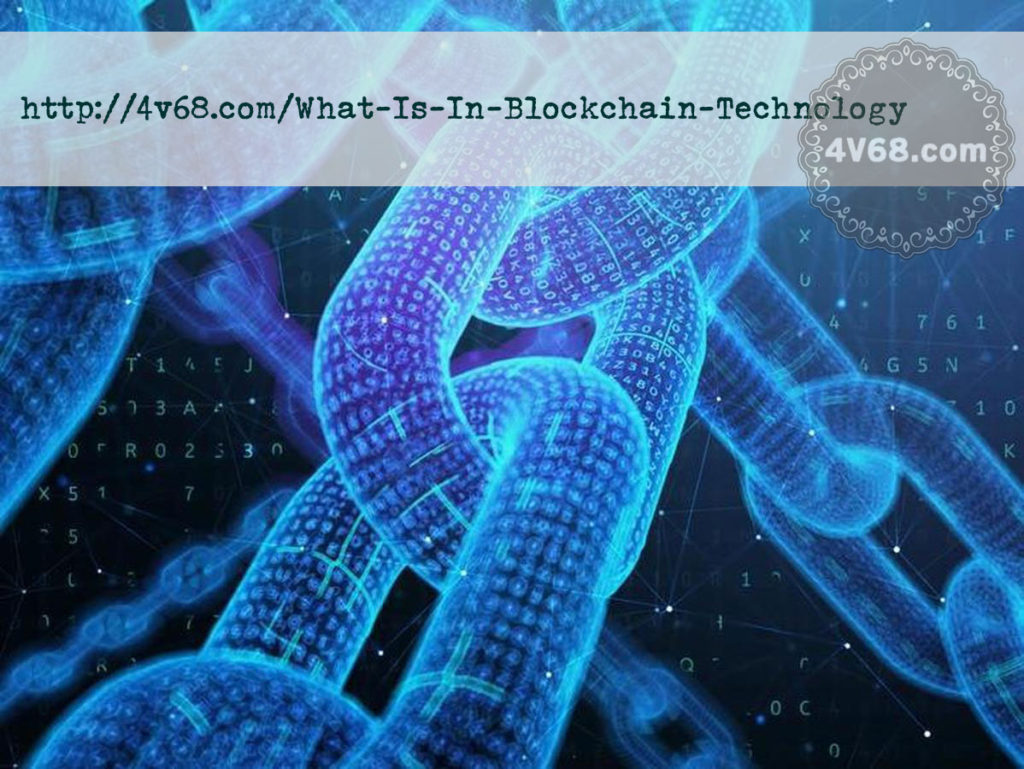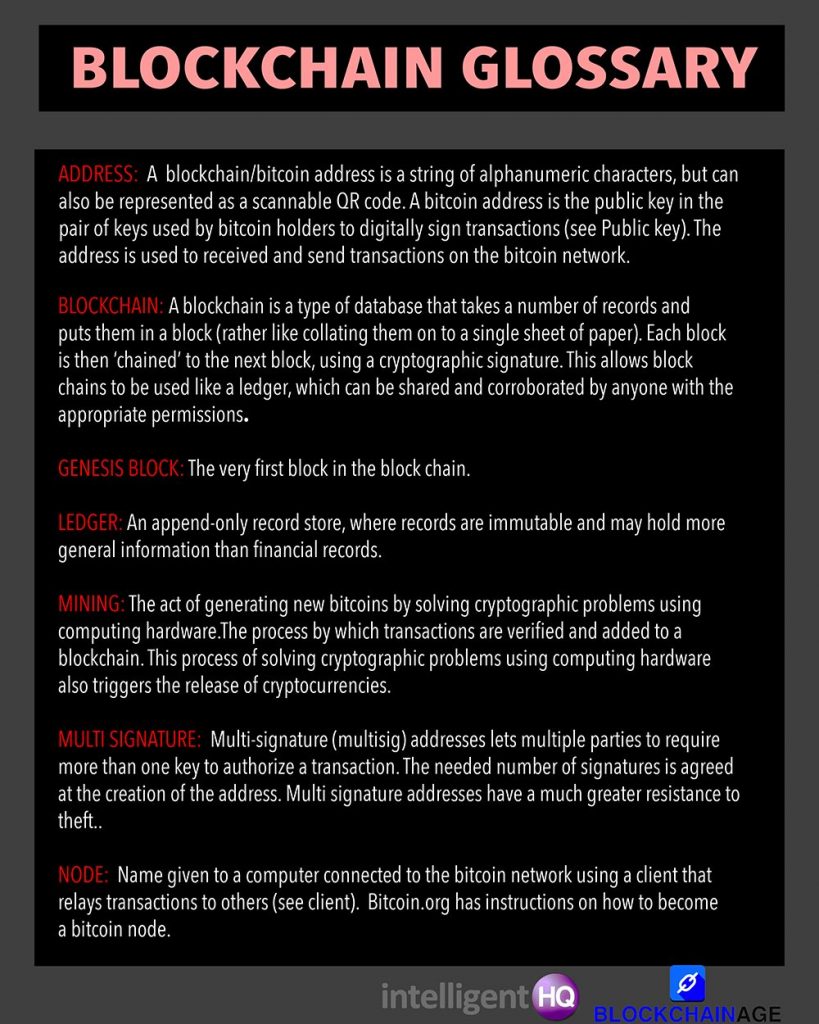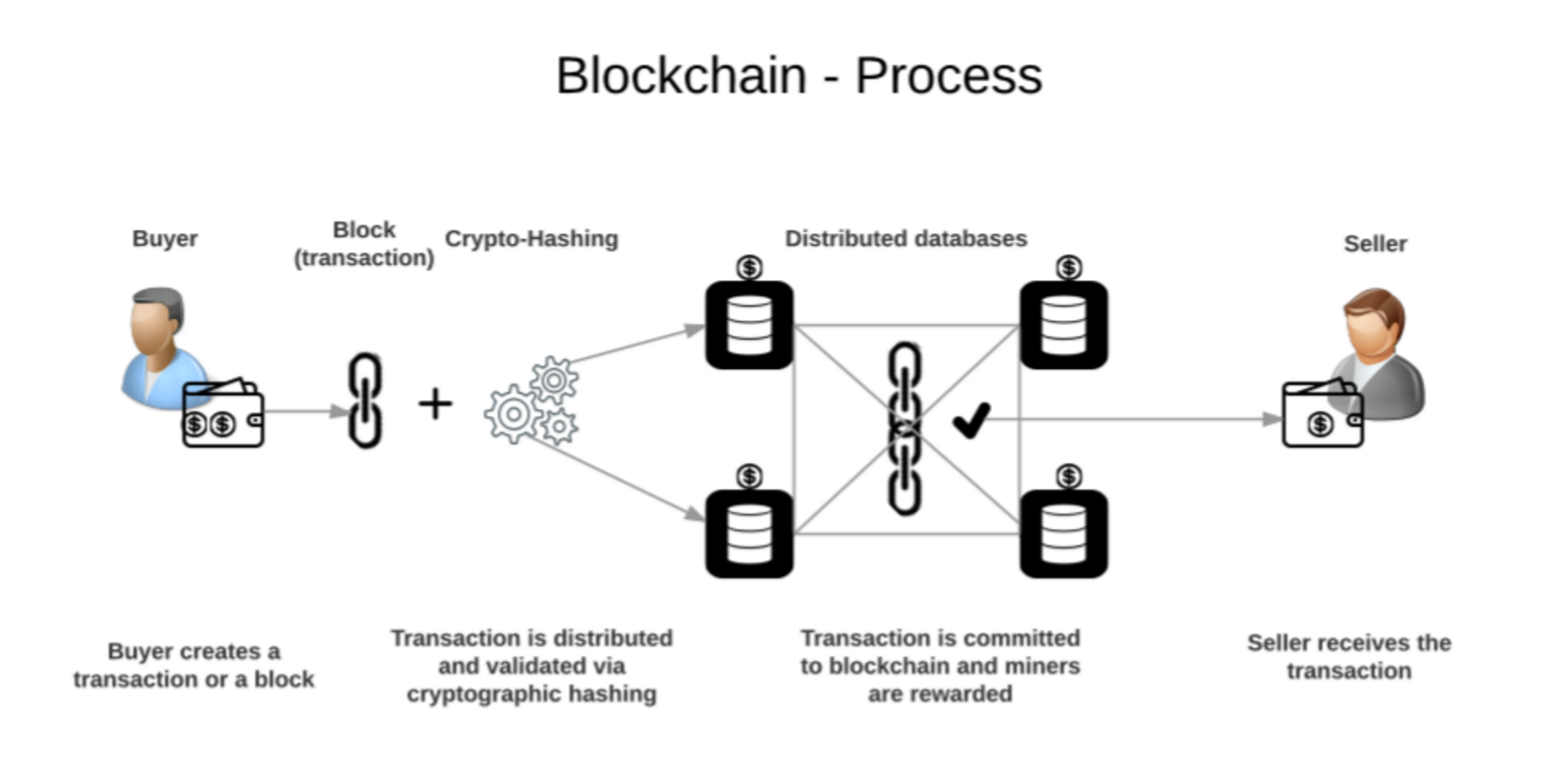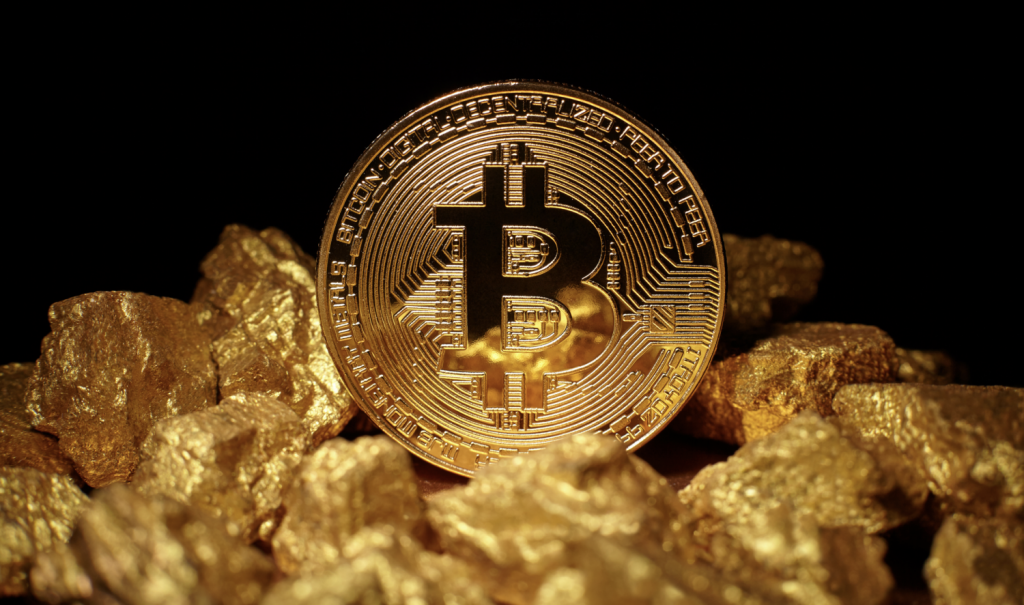By now, don’t you want to know what is in Blockchain Technology? Okay, we will share our knowledge to better help you understand how it works. The world is constantly evolving and changing. So, it is good to keep up with what is important in order to understand what is happening in the world. Some of us don’t like change, but we need to adapt.

Wouldn’t it be great if you could create absolute identities for yourself? Then, allowing you to control your own identity without the need to rely on any organization or government? What about having the ability to assemble and save meaningful data for every single apple picked from a certain tree from a certain farm? Then, constructing an endless unbroken chain of ownership from the harvest to the store.
In 1991, Stuart Haber and W. Scott Stornetta were the first to envision a cryptographically secured chain of blocks. Satoshi Nakamoto was the first to implement blockchain as a means to solve the problem of double-spending without a central trusted authority. As the creator of Bitcoin, Satoshi Nakamoto used the words block and chain in his original paper. Thus, giving Blockchain the term made popular by the community. As the interest in Bitcoin grew, blockchain followed. As it rose in popularity and ultimately exposed this technology to the world.
Blockchain is a collection of transactions, cryptographically linked to each other. Then, growing in chronological order over time to form a chain of blocks. Together, creating a ledger.
How are blocks made?
First, the structure that groups transactions together depend on how the blockchain itself was set up. Furthermore, the analysis of a block and the means of linkage or chaining varies. Blocks are composed of transaction records which identifies the block which comes before it. Also, recording the timestamp. Blockchain specification software defines the formation of a block and how they are chained.
Below, I have listed the Blockchain Glossary of terms used and their meaning. It helps to know what everyone is talking about. So, as you read on and learn about the Blockchain, this will help your understanding.

Blockchain Technology In Simple Terms
- The blockchain is similar to a large decentralized, global spreadsheet. This means not one single system is the Central Authority.
- The blockchain keeps track whomever sent the amount of tokens, coins, or information to whom.
- In regards to Coins/Cryptocurrency; it tracks what the balance of every account is.
- Blocks that are held within the blockchain make up all the individual transactions that are exported and imported.

More blockchain technology and Benefits.
Blockchain is a decentralized system to bring everyone to the highest degree of accountability.
- All transactions are accounted for, including corrupted or previously missed.
- There has been an end to human and machine errors. Databases can no longer be broken.
- Transactions or exchanges made in error have ended and cannot process without the consent of the parties involved.
- The blockchain validates and guarantees each transaction. These records are not only on a main register, but on a mesh network of registers. All, of which connect through a secure validation protocol.
Proof of Bitcoin and the creation of blockchain has left Bitcoin being called “digital gold.” The total value of the currency is close to $350 billion US. And, it doesn’t stop there. The blockchain can make other types of digital value.
“Blockchains are politically decentralized (no one controls them) and architecturally decentralized (no infrastructural central point of failure) but they are logically centralized (there is one commonly agreed state and the system behaves like a single computer)”
What Makes Blockchain Different from Cryptocurrency?
Blockchain and cryptocurrency are different. Cryptocurrency is an asset that is tracked by the Blockchain. Bitcoin is a digital asset. As a currency, its tied directly with the ability to keep track of transactions made with it.
Bitcoin has built-in blockchain software that prevents double spending, or spending their assets more than once. Keeping track of every Bitcoin transaction and who currently possess it. People around the world are excited about the Blockchain potential because of the subversive new way of maintaining a ledger.
Transparent and Incorruptible
The blockchain network lives in a state of constant consensus. Therefore, it is one constant consensus that automatically checks in with itself every ten minutes. This is a kind of self-auditing ecosystem of a digital value. The network reconciles every transaction that happens within ten-minute intervals. Each group of these transactions is referred to as a “block”. As a result, here are two important properties created by blockchain:
- Transparency data is embedded within the network.
- To alter any unit of information would mean using a huge amount of computing power to override the entire network. Something that is virtually impossible and becoming a larger and larger constant barrier.
A network of nodes
A network of computing “nodes” make up the blockchain.
Every node is an “administrator” of the blockchain and joins the network voluntarily (in this sense, the network is decentralized). However, each one has an incentive for participating in the network. Each given the chance of winning Bitcoins, proving proof of work, and then creating the “minted” blockchain of information. Then, rewarded a specific amount of bitcoins for the completed block in the blockchain.
The internet was once just a way to share “emails” and information. But, it grew into massive commerce, jobs, and revolutionized industry. As a result, it is once again evolving to the next level of technology based on decentralized solutions and “truth”.
The idea of decentralization
“Decentralization” means the network operates on a user-to-user (or peer-to-peer) basis. Therefore, creating “truth” and possibility from all forms of mass collaboration.
Who will use the blockchain?
Jobs and Careers are abundant in the blockchain. At the moment there is a high demand for blockchain developers. This is not going to slow down any time soon. Therefore, implications for evolving into the blockchain is relevant for virtually everything.
Consequently, the blockchain potentially cuts out the middleman for all types of transactions. Hence, the reason new methods for generating and being part of creating new monetary gains are greater than ever.
Enhanced security
Today, the internet has security problems that have plagued everyone. We all rely on the “username/password” system to protect our identity and assets online. Security methods use encryption technology. Therefore, Internet Security, along with almost all aspects of the Internet, have evolved.
Public and private “keys” are methods of encryption. A “public key” is a users’ address here. The “private key” is like a password that gives its owner access to their Bitcoin, other cryptocurrency, or other digital assets. When you store your data on the blockchain, it is incorruptible. This is true, although protecting your digital assets will also require safeguarding of your private key.
Methods for safeguarding include:
- Create a paper wallet.
- Cold Storage Solutions, such as a Trezor allow you to keep your “Public Key” and its contents. And, you can access them in a safe location with built in and secure recovery points.

How exciting to be a part of the future! Become a Miner of Cryptocurrency in the easiest manner possible. Surprisingly, you don’t need to have a complete understanding or risk your hard earned capital. Learn about the details here and how safe and secure it us to use your computers to earn BTC, reaping the benefits.
You may be overwhelmed with all this information because it may be difficult to understand at first. But, we will help you understand. So, we invite you to come back for more details by bookmarking this site. You will witness the growth and adventure while, increasing your appreciation for this education on blockchain. So, be sure to subscribe to the right so you can be kept up to date with this new program.


